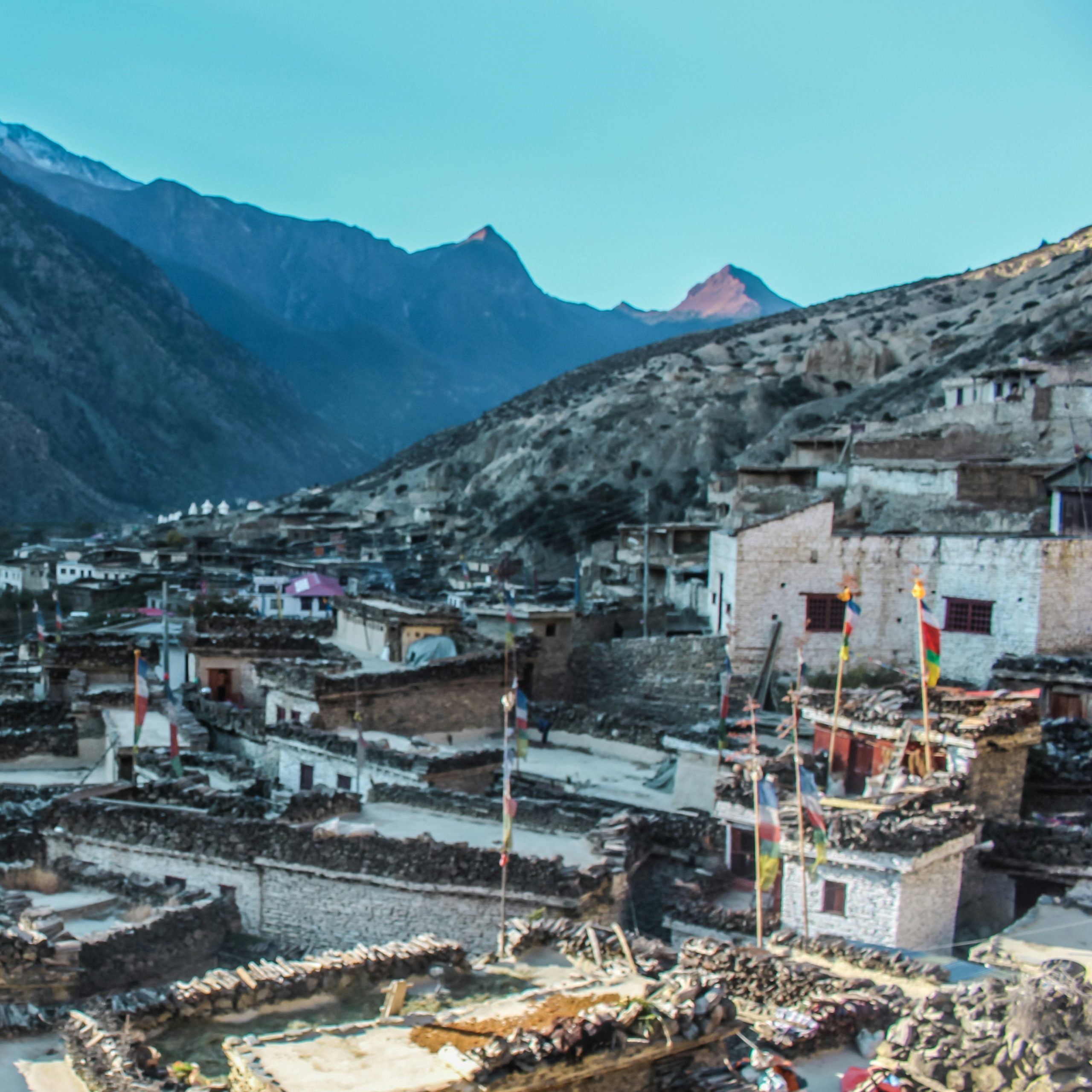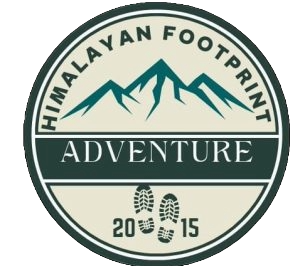Upper Mustang
Upper Mustang, often referred to as the “Last Forbidden Kingdom,” is a remote and culturally rich region nestled in the rain shadow of the Annapurna and Dhaulagiri mountain ranges in Nepal. This restricted area, opened to tourists only in 1992, offers a unique trekking experience with its arid landscapes, ancient monasteries, and distinctive Tibetan-influenced culture. The trek takes you through medieval walled villages, eroded canyons, and breathtaking rock formations, providing a glimpse into Mustang’s rich history and traditions. The capital, Lo Manthang, is a highlight with its well-preserved Tibetan architecture and a sense of stepping back in time.

The Upper Mustang Trek is a captivating and culturally rich trekking route that takes you into the remote and mystic region of Upper Mustang, located in the northern part of Nepal. Often referred to as the “Last Forbidden Kingdom,” Upper Mustang offers a unique opportunity to explore an ancient Tibetan culture, untouched landscapes, and stunning desert-like terrain.
Duration and Difficulty:
The duration of the Upper Mustang Trek is typically around 10 to 14 days, depending on the specific itinerary and starting/ending points. In terms of difficulty, the trek is considered moderate, suitable for trekkers with a good level of fitness and some previous trekking experience.
Highlights:
Distinct Culture: One of the main draws of the Upper Mustang Trek is its preservation of traditional Tibetan culture. The region was once a part of the Tibetan Empire, and its isolation has helped maintain its unique customs, language, and architecture.
Lo Manthang: The walled city of Lo Manthang is the cultural and historical heart of Upper Mustang. It’s known for its whitewashed houses, narrow alleys, and the King’s Palace. Exploring Lo Manthang feels like stepping back in time.
Buddhist Monasteries: The trek takes you past several ancient Buddhist monasteries, some of which are carved into cliffs. These monasteries are not only religious sites but also repositories of art and history.
Landscape: The landscape of Upper Mustang is stunningly surreal, featuring barren desert-like expanses, dramatic rock formations, and towering cliffs. The region is often referred to as a “desert in the mountains.”
Natural Beauty: Despite the arid terrain, the region holds surprising natural beauty, with colorful rock formations, deep gorges, and the Kali Gandaki River snaking through the valleys.
Permits and Restrictions:
Due to its unique status as a restricted area, trekkers are required to obtain a special permit to enter Upper Mustang. The permits are more expensive than those for other trekking areas in Nepal.
Best Time to Trek:
The best time to undertake the Upper Mustang Trek is during the pre-monsoon (spring) season (March to May) and post-monsoon (autumn) season (September to November). During these months, the weather is generally stable, and the skies are clear, offering the best views of the stunning landscapes.
Cultural Sensitivity:
As Upper Mustang is a culturally sensitive area, trekkers are expected to respect local customs, traditions, and religious sites. It’s advisable to dress modestly and seek permission before photographing locals or their properties.
The Upper Mustang Trek provides a unique opportunity to explore a hidden corner of the Himalayas where ancient culture, stunning scenery, and remote lifestyle converge, making it a truly extraordinary trekking experience.
